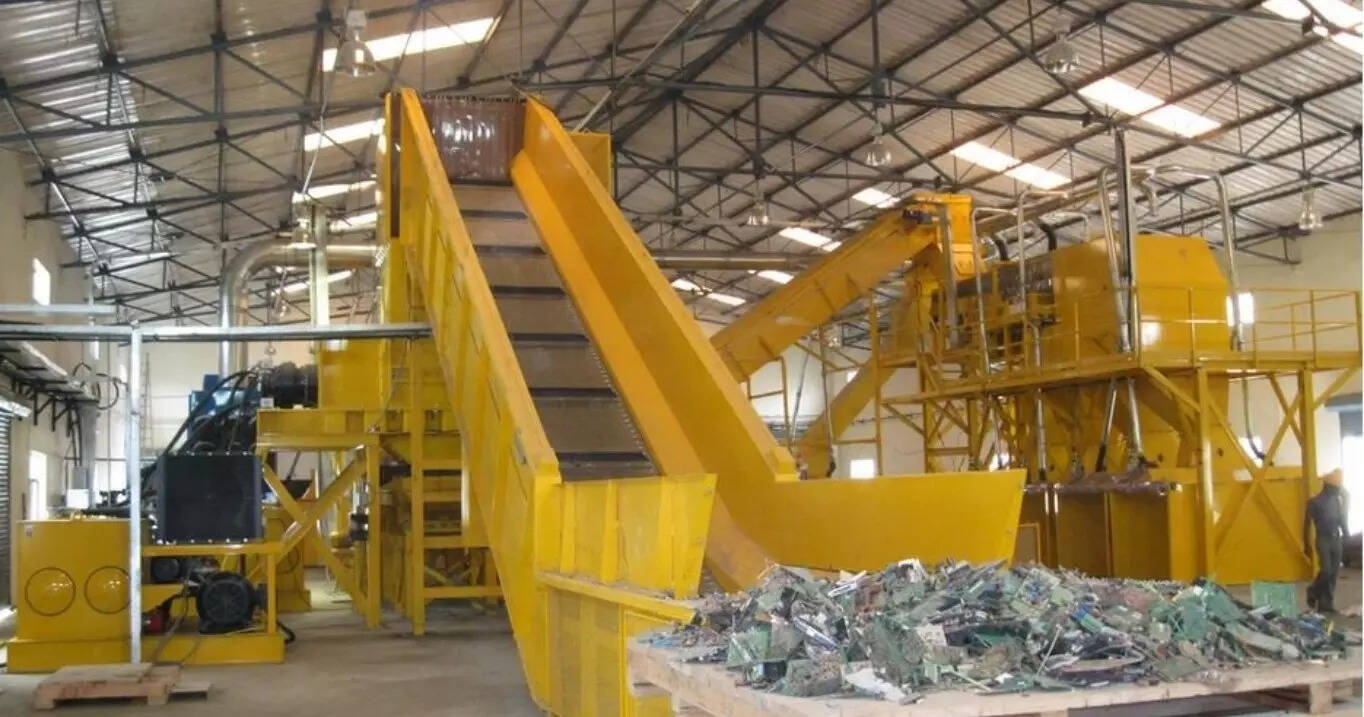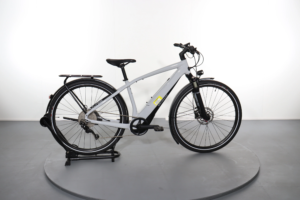
[ad_1]

Markets for devices and vehicles using Lithium-ion batteries are on the rise globally, and likely to be so for the foreseeable future. For recyclers like Attero Recycling, that translates to growing opportunities. The Noida based technology company has lined up a billion dollar investment plan to tap markets outside of India. To be made over the next 5 years, the investment is expected to help set up a cumulative annual recycling capacity of 300, 000 tonnes.
The new plants are planned to be set up in Indonesia, USA, and Europe. “Almost 50% of the investment is coming from internal accruals, 32% from debt, and 18% is coming from external equity.” Nitin Gupta, CEO and Co-founder, Attero Recycling, told ETAuto.
Currently, Attero recycles 1,000 tonnes of Lithium-ion waste and is in the process of expanding this capacity to 11,000 tonnes by October 2022. The company plans to scale up capacity in the domestic market to 50,000 tonnes in the next five years, a sixth of the planned cumulative global capacity in the same time period.
Betting on the growing opportunities in the domestic and global markets, the INR 209 crore Atterro Reycling, which claims to be the only end-to-end Lithium-ion battery recycler in India, expects to more than double its turnover to INR 425 crores in the current financial year.
With the new investments and expansion, Attero Recycling expects to meet 15% of the global demand for Graphite, Cobalt, and Lithium. Citing a UN recognition, Gupta claims that Attero Recycling has a lesser carbon footprint in extracting minerals in the recycling process compared to mining them or other recycling facilities.
The decision to set up plants in Europe and USA is also driven by the fact that these markets are major consumers of Lithium-ion batteries with NMC (Nickel, Manganese, Cobalt) chemistry. The plants in these markets are expected to start with installed recycling capacity of 5,000 tonnes each, to be ramped to 50,000 tonnes eventually.
Attero Recycling’s expansion plan will be rolled out in phases starting with the European facility. The first phase is expected to be completed by the fourth quarter of 2022, while the US facility, which is a part of phase two, is slated to be operational by the third quarter of 2023. The Indonesian factory is expected to be functional by the first quarter of 2024.
By 2025, Attero plans to invest $500 million and recycle over 150,000 tonnes of Lithium-Ion waste. This capacity expansion will enable Attero to become a global leader in fulfilling Green Metal demand and meet over 15% of the world’s demand for Cobalt, Lithium, Graphite, Nickel, amongst others.
While the current workhorse in battery technology may be Lithium-ion, there could be a more efficient successor as researchers globally work on finding new solutions. Gupta said Attero Recycling’s 10-member R&D team, including 3 PhD holders, is preparing for that phase. “We are essentially a technology company, and we continue to innovate. Even in our labs today, we already have a recycling solution for solid state batteries. Our R&D lab is at least 5 years ahead of what is happening commercially today.”
Attero is funded by Draper Fisher Jurvetson, Granite Hill India Opportunity Ventures, Kalaari Capital, and International Finance Corporation (World Bank’s private investment arm), and by some private equity firms based in India and USA.
Also Read:
[ad_2]
Source link




